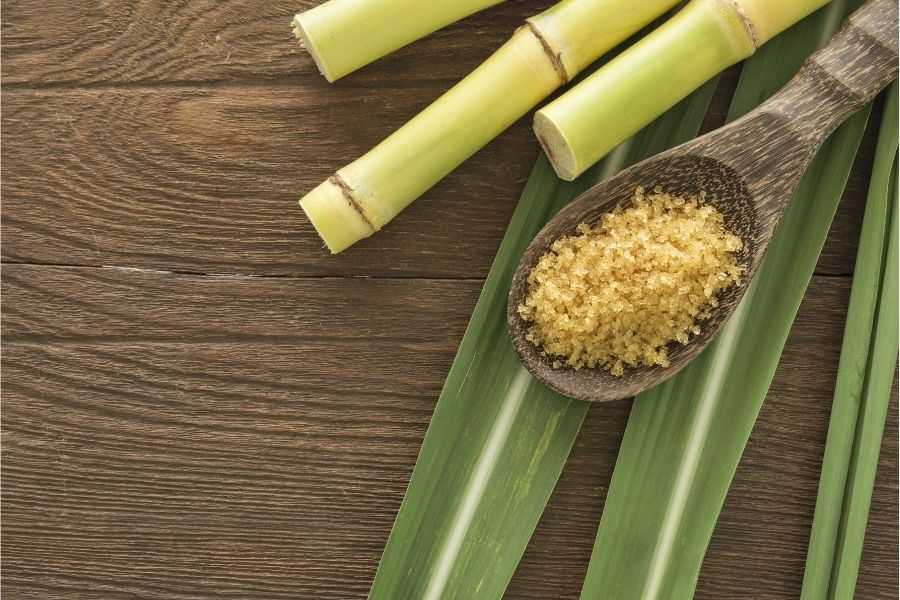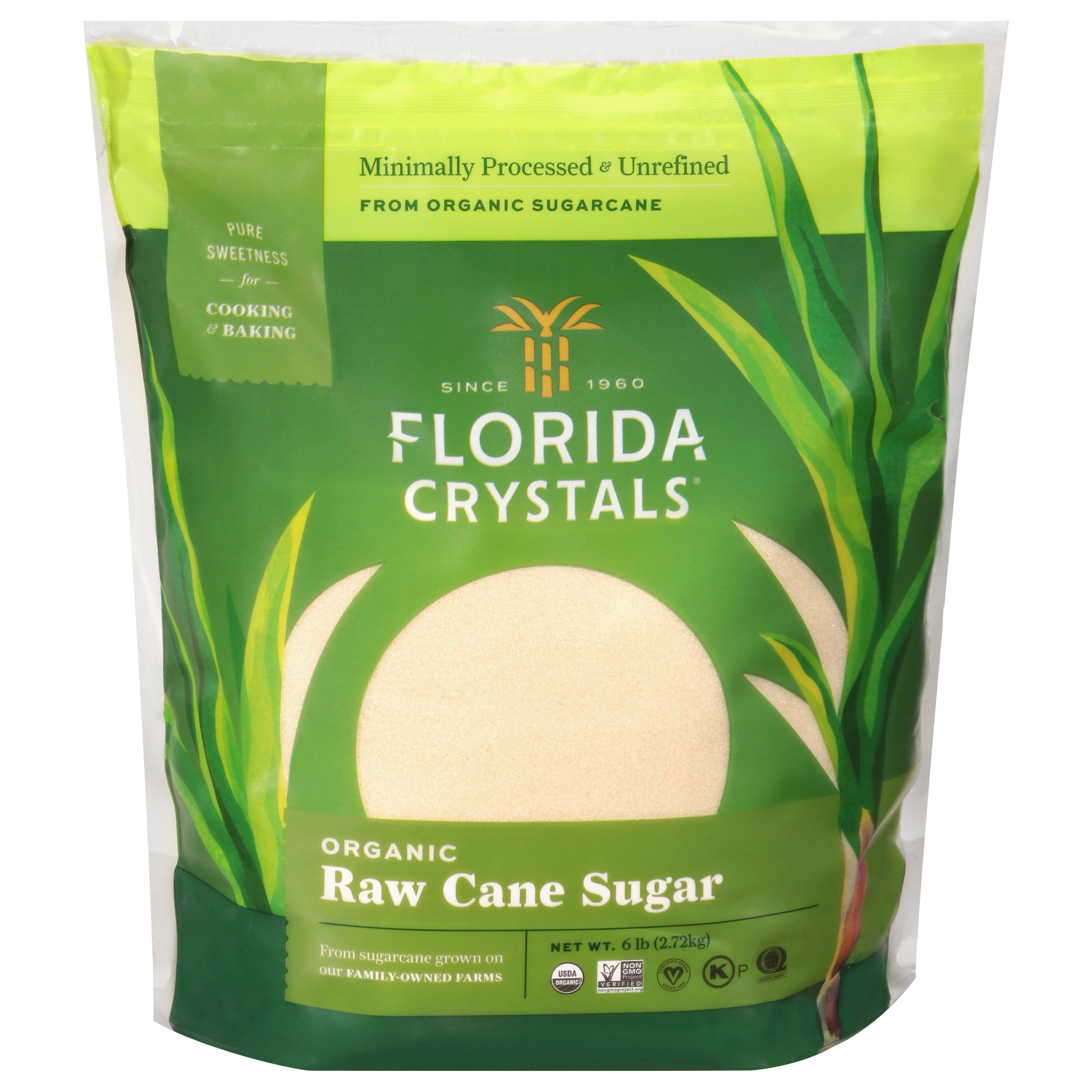Advanced Cane Sugar Processing: Enhancing Efficiency and Sustainability
Advanced Cane Sugar Processing: Enhancing Efficiency and Sustainability
Blog Article
Recognizing the Vital Strategies and Technologies Employed in Modern Walking Stick Sugar Handling
The advancement of walking cane sugar handling has actually been dramatically formed by the assimilation of innovative methods and innovations that attend to both effectiveness and sustainability. As we check out these vital improvements, it ends up being vital to take a look at exactly how they not only enhance manufacturing however likewise align with broader sector fads and consumer demands, raising questions concerning the future of sugar handling and its ramifications for global markets.
Historic Context of Walking Stick Sugar Processing
The historical context of walking cane sugar handling reveals an abundant tapestry of farming development and cultural exchange that has actually shaped its development over centuries. Coming From Southeast Asia, sugarcane was cultivated as early as 8000 BCE - Cane Sugar Processing. The process of refining and removing sugar acquired energy in India, where techniques for crystallization were developed around the sixth century. This knowledge went across to the Middle East, and by the 12th century, sugar became a valued product in Europe, resulting in the facility of sugar vineyards in the Mediterranean.

Advanced Removal Techniques
Performance in walking stick sugar removal has actually seen considerable innovations, driven by the need for greater returns and lower production prices. Traditional techniques have actually developed, paving the way to innovative innovations that boost the efficacy of the extraction procedure. One remarkable development is the usage of enzyme-assisted removal, in which specific enzymes break down cell wall surfaces and launch even more sucrose from the cane fibers. This technique not only boosts sugar return yet also decreases the power needed for handling.
Additionally, the adoption of membrane layer purification technologies, such as nanofiltration and reverse osmosis, has actually revolutionized the separation of sugar from pollutants. These approaches permit for the selective permeation of sugar molecules while keeping bigger impurities, streamlining the extraction process and reducing waste.
Furthermore, the combination of continual removal systems has actually brought about boosted functional performance. Cane Sugar Processing. These systems keep a consistent circulation of walking stick material, ensuring optimum removal conditions and reducing downtime associated with set handling
Innovative Refining Technologies
Refining techniques in walking cane sugar processing have actually gone through a transformative change, driven by the demand for greater purity and improved item quality. Among the most remarkable advancements is the adoption of membrane layer filtration modern technologies, such as ultrafiltration and nanofiltration. These processes successfully remove contaminations and colorants without the requirement for considerable chemical treatments, therefore maintaining the sugar's natural taste and enhancing its allure.
Another considerable advancement is making use of ion exchange materials, which enable careful elimination of unwanted ions from sugar options. This technology not only boosts the overall purity of the last item but likewise adds to decreased waste and ecological influence.
Additionally, innovations in adsorption techniques, utilizing triggered carbon and various other sophisticated materials, have actually proven effective in decolorizing sugar options while keeping optimal high quality. The assimilation of these innovative refining innovations makes sure that manufacturers can create polished sugar with superior clearness and preference, fulfilling the evolving preferences of customers.
Automation and Control Equipment
Recent advancements in refining innovations have actually led the way for significant enhancements in automation and control systems within walking stick sugar handling facilities. These systems utilize sophisticated software application and equipment to enhance operational effectiveness, lower human error, and ensure consistent product high quality.
Modern automation incorporates numerous parts, consisting of sensing units, actuators, and programmable reasoning controllers (PLCs), making it possible for real-time monitoring and control of crucial processes. For instance, temperature level, circulation, and stress rates can be precisely controlled during removal, explanation, and condensation stages, optimizing efficiency and reducing waste.
Furthermore, progressed information analytics and artificial intelligence formulas play an essential role in anticipating maintenance, allowing drivers to expect equipment failings before they take place. This positive method not just minimizes downtime but additionally prolongs the lifespan of equipment.
Additionally, automation promotes the application of Industry 4.0 principles, encouraging sugar mills to accomplish higher connectivity and data exchange across procedures. As an outcome, decision-making comes to be even more nimble and educated, ultimately enhancing the general he said competition of walking cane sugar manufacturing. With these improvements, the market is well-positioned to satisfy growing global demands while keeping functional excellence.
Sustainability Practices in Sugar Production
Sustainability practices in sugar manufacturing have actually become progressively necessary as the market seeks to balance financial viability with ecological duty. As consumer understanding expands concerning the ecological influences of agricultural practices, sugar producers are taking on innovative methods to minimize their eco-friendly impact.
One significant method is the execution of accuracy agriculture techniques, which use information analytics to maximize resource use, such as water and fertilizers. This minimizes waste and decreases the impact on local environments. In addition, many producers are transitioning to renewable resource resources, such as biomass from sugarcane results, to power their procedures, thereby decreasing reliance on nonrenewable fuel sources.
Water monitoring techniques are additionally essential; rain harvesting and reliable irrigation systems aid minimize water deficiency concerns. Cane Sugar Processing. Furthermore, incorporated insect administration approaches lower chemical use, promoting biodiversity and soil health
Corporate social duty campaigns are arising, with business investing in local areas and ensuring reasonable labor techniques. By accepting these sustainability methods, the sugar industry not only boosts its online reputation however likewise contributes to a more lasting farming landscape, leading the way for future generations.

Conclusion
In summary, contemporary cane sugar handling includes a variety of advanced strategies and modern technologies that substantially improve efficiency, return, and sustainability. Collectively, these improvements position the walking cane sugar market to meet modern demands while addressing essential worldwide challenges.
The development of cane sugar click handling has been check out here dramatically formed by the integration of sophisticated techniques and innovations that address both effectiveness and sustainability.The historical context of walking stick sugar processing exposes a rich tapestry of agricultural innovation and social exchange that has formed its development over centuries. Advancements in milling and refining emerged, laying the foundation for modern-day walking stick sugar handling.Refining techniques in walking cane sugar processing have gone through a transformative change, driven by the need for higher purity and boosted item high quality.In recap, modern-day cane sugar processing includes a range of advanced methods and modern technologies that significantly improve sustainability, yield, and effectiveness.
Report this page